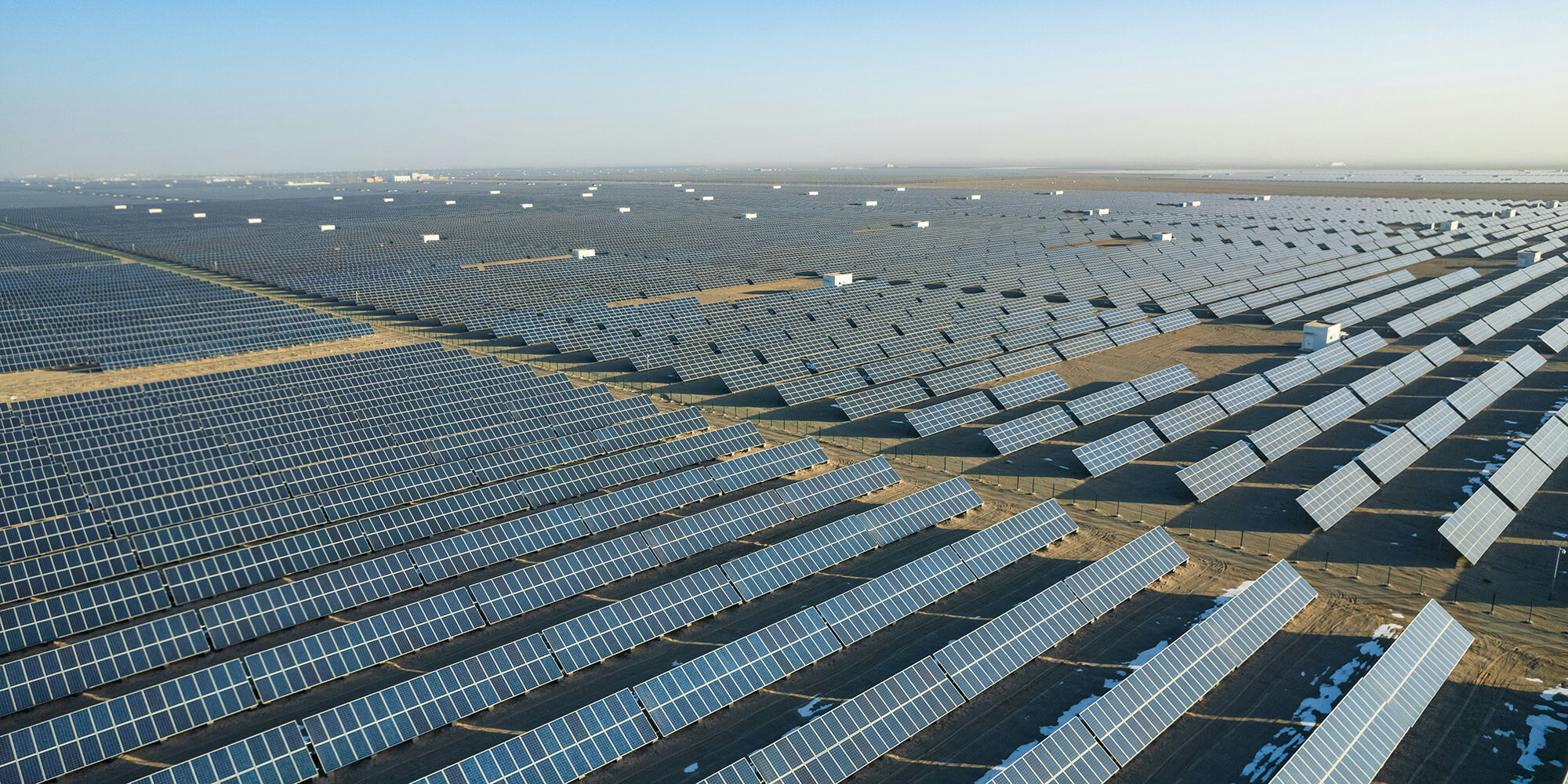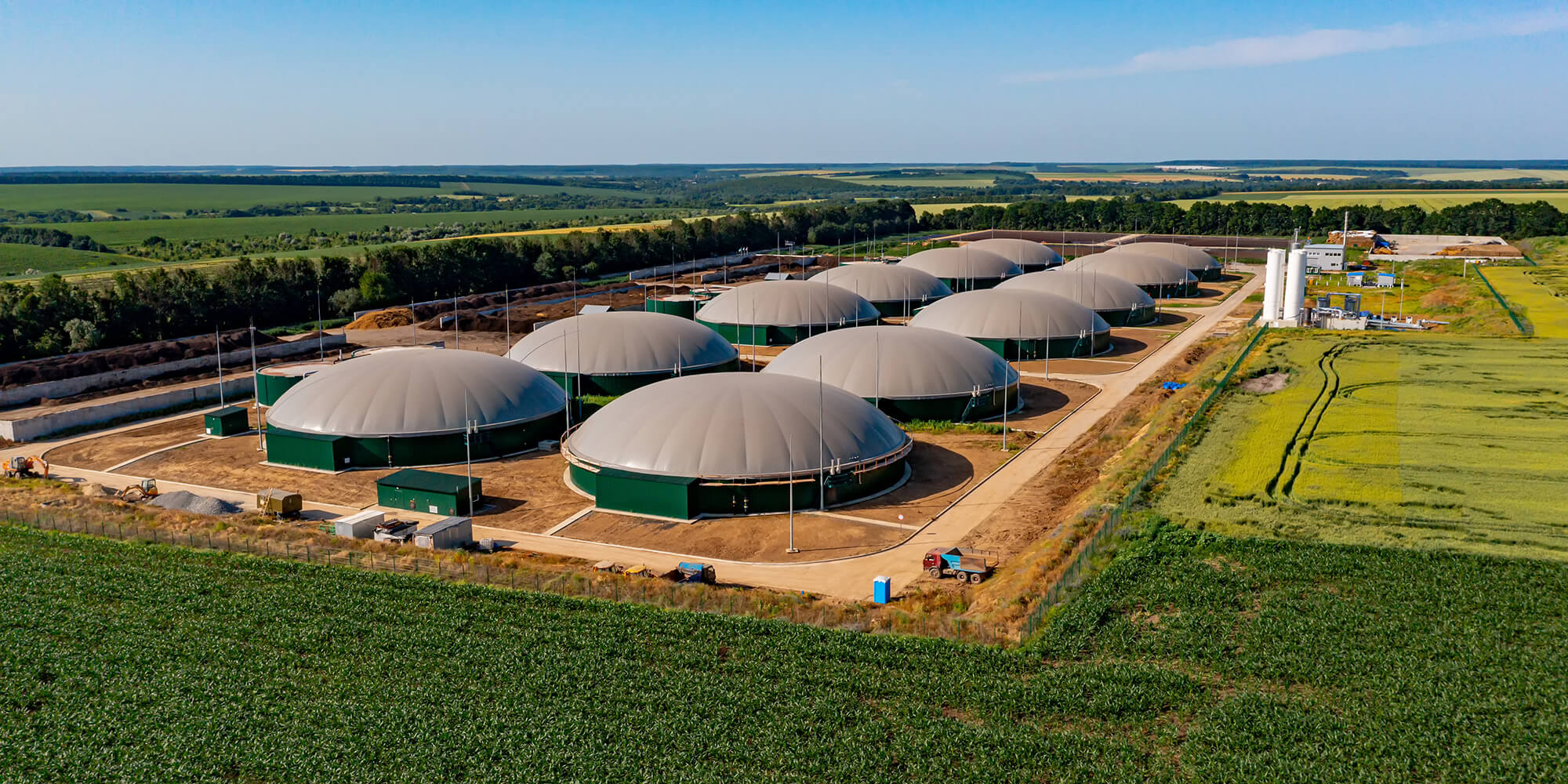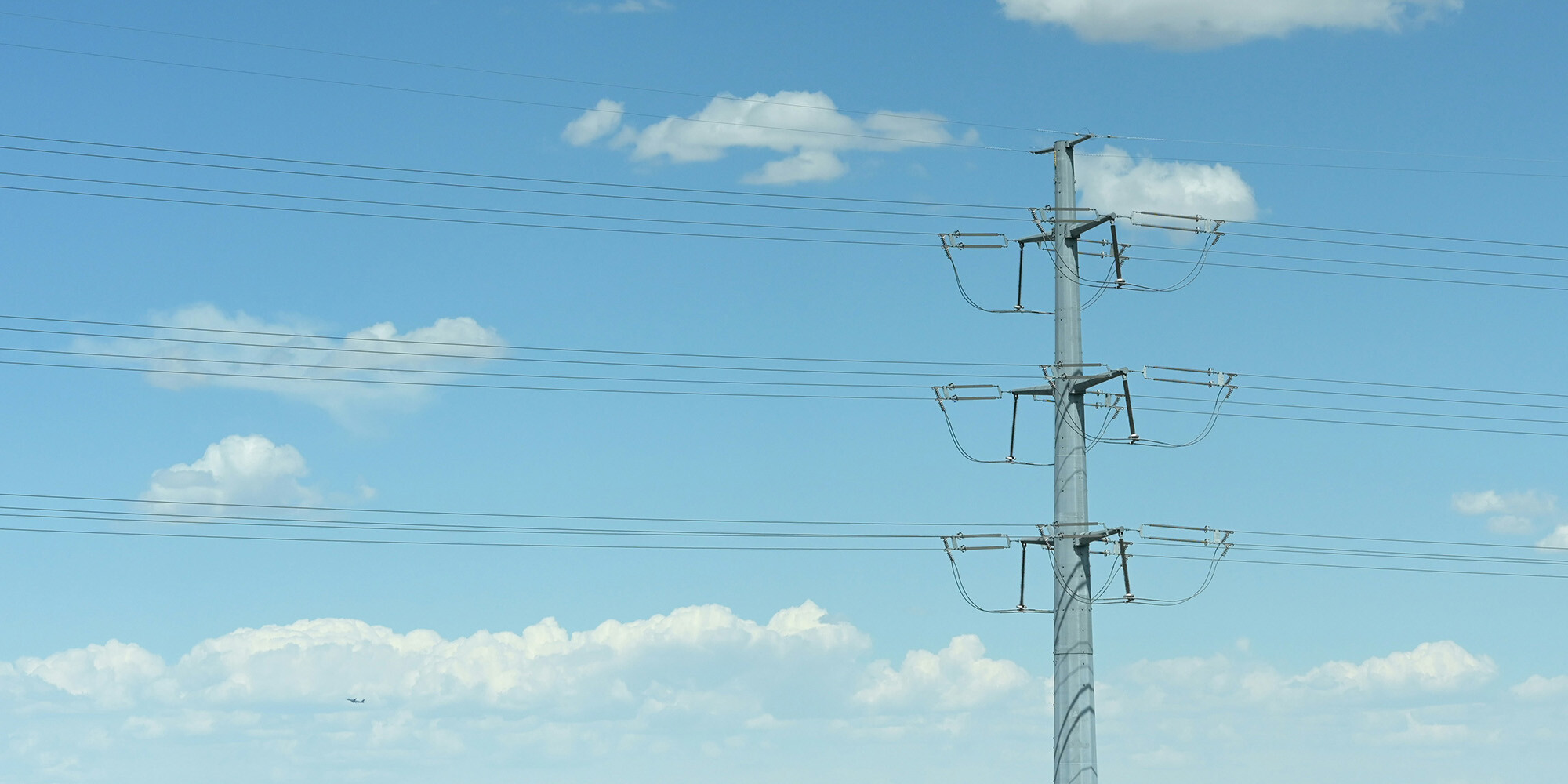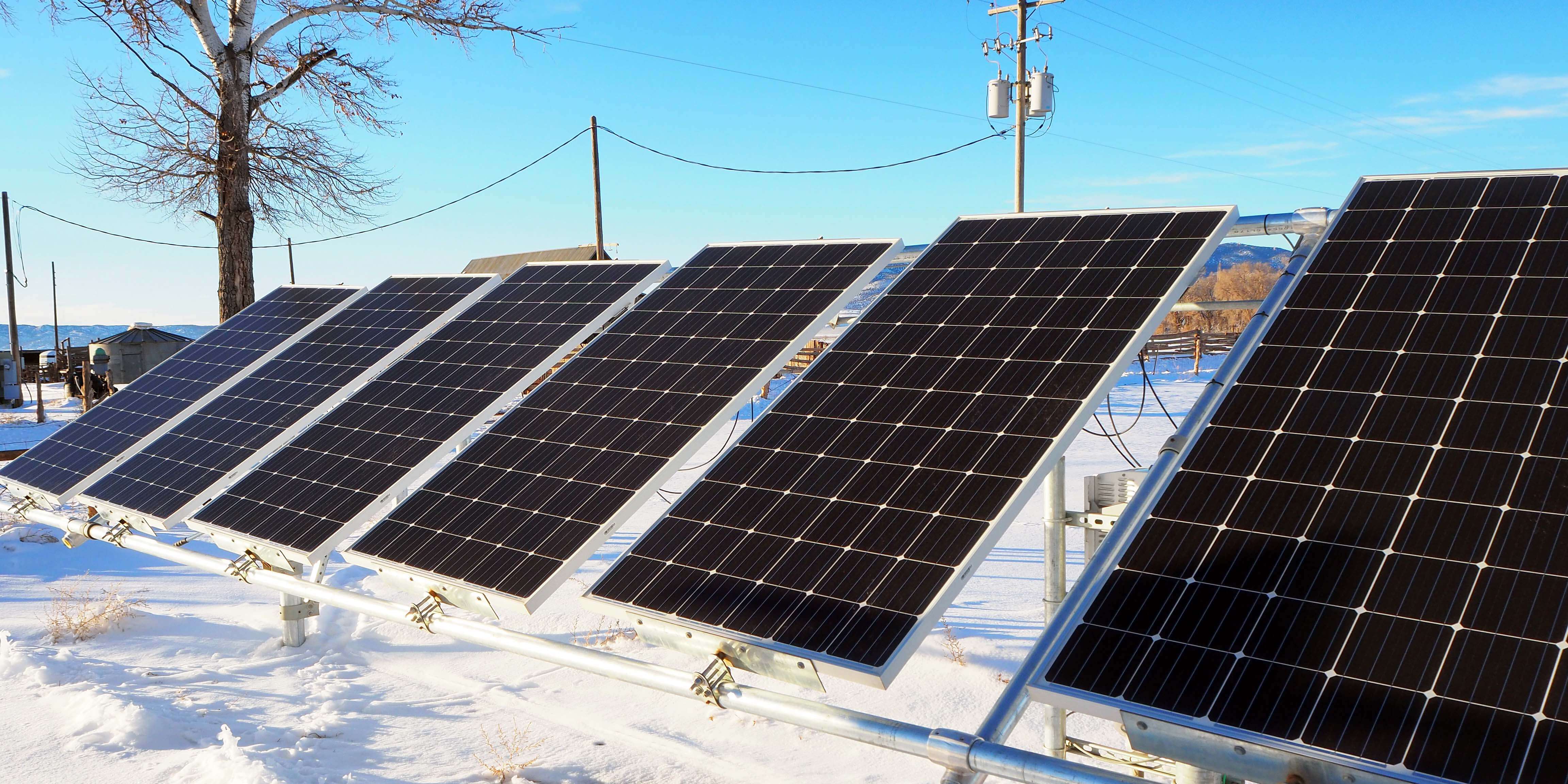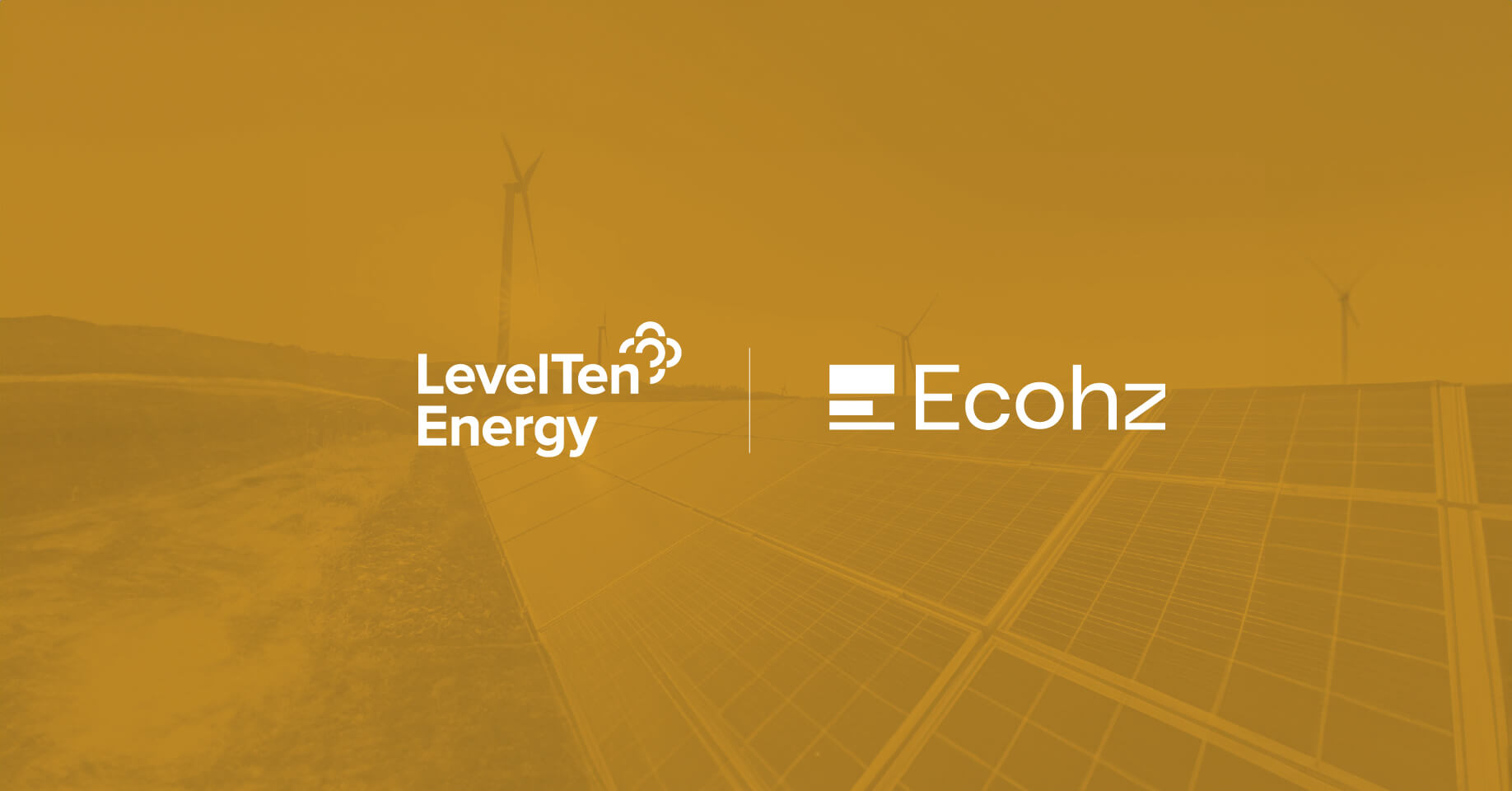2022 was a turbulent year for renewables in Europe. Amid an energy crisis marked by supply shortages and skyrocketing costs, Guarantees of Origin (GOs), the system used to document renewable energy consumption in the EU, reached historic highs. A dry summer and growing demand saw prices peak above 9 EUR in early December.
The upheaval, however, galvanised the market. The EU doubled down on its clean energy endeavours and launched the REPowerEU plan to achieve an “accelerated roll-out of renewable energy.” Meanwhile, GOs emerged as a source of income that can tilt the energy balance towards renewables.
GOs and other types of Energy Attribute Certificates (EACs) spawned from the need for documenting the origin of renewable energy. They allow consumers to choose clean over fossil power and remain the most reliable instruments for tracking and reporting renewable energy use at a corporate level. Since their inception, EAC markets have facilitated widespread participation in the energy transition. As NGO EKOenergy wrote in a recent communiqué, “the market-based approach has enabled the involvement of many,” from multinational companies to non-profits and private citizens.
It is true, as some critics say, that EACs have room for improvement. The link between EACs and additionality, meaning the direct correlation to new renewable energy capacity, is elusive. But although additionality was never the purpose of EACs, the development of the GO market during 2022 tell the story of a revenue source for clean energy producers that is too big to disregard –– and will continue to expand.
A booming Guarantees of Origin market will drive record profits for renewable energy producers
Europe generated some 1 500 TWh of renewable electricity in 2022. About 55% of that volume –– close to 800 TWh –– was documented with Guarantees of Origin. According to market analysis agency Greenfact, the value of the GO market last year was 1.2 billion EUR. We can expect that number to grow substantially in the next few years.
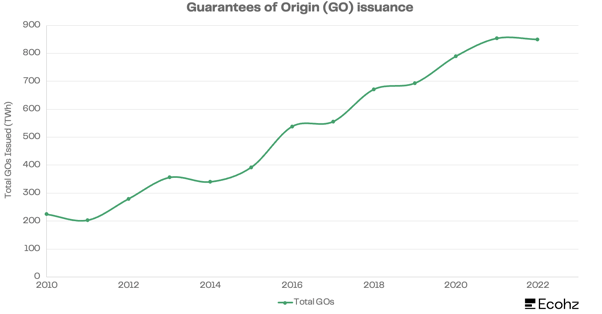
The GO market is maturing. Despite the record-breaking prices seen by the end of 2022, almost all the GOs issued for the period were bought and will be retired in the coming months. This unprecedented balance between supply and demand shows buyers trust marked-based instruments and are willing to pay for renewable electricity, notwithstanding volatility and the energy crunch.
Drought in Europe, especially in the Nordic countries and the Iberian Peninsula, caused the GO supply growth to subside in 2022. However, wetter, snowy conditions at the start of 2023 herald a good year for Nordic hydropower, the GO market’s benchmark commodity. And as production recovers, the long-term trend tells us that GOs can become a significant source of revenue in the near future.
The EU Commission predicts that, under the REPowerEU plan, the block will produce close to 2 380 TWh of renewable electricity per year by 2030. Conservatively estimating that GO prices will average 5.5 EUR until 2030, the GO market would reach an annual value of 10 billion EUR. This means GOs would raise a whopping 57 billion EUR over the next eight years.
Money will come –– lots of it. Now the question is: how will it be invested?
The potential of Guarantees of Origin: how the voluntary market can advance the EU’s 2030 climate goals
As we go deeper into what the UN dubbedThe Decade of Action, it becomes clear that the income power producers will receive from GOs can accelerate Europe’s decarbonisation efforts.
The EU has ambitious goals. Through the Fit-for-55 policy package, member states plan to achieve a 55% emissions reduction by 2030. To that end, the REPowerEU plan predicts a 69% share of renewable electricity by the end of the decade is necessary, up from 44% in 2022. Reaching those objectives requires adding approximately 870 TWh of annual clean power production. Building the extra capacity needed will require funding, and GOs can contribute substantially.
Fact box: Transforming revenue from GOs into new renewable energy
|
Revenue from GOs 2023-2030 |
57 billion EUR |
|
Estimated average cost per MW of new installed capacity (solar and wind) |
1 million EUR |
|
Gearing (debt-to-equity ratio) |
75% |
|
Average operational hours per year across Europe (solar and wind) |
2 000 hours |
|
Additional energy production in 2030 |
458 TWh per year |
Installing 1 MW of new renewable capacity –– either wind or solar –– currently costs approximately 1 million EUR or less. And as stated before, between 2023 and 2030, GOs could raise 57 billion EUR for the people already investing in clean power. Further, these ventures are rarely self-funded. A gearing of 75% would hike the total possible investment over the next eight years to 228 billion EUR.
If we estimate an average of 2 000 operational hours yearly for wind and solar technology, new renewable electricity generation based on GO income could amount to a staggering 458 TWh per year. Put differently, if invested sensibly, the money generated by the Guarantees of Origin market could provide close to 50% of the additional renewable energy production the EU needs to reach its 2030 targets.
Critics of the market-based system considered GOs inconsequential for investments because they were historically low-priced commodities. But the bet on developing markets is paying off. 2023 started with GOs selling at close to 7 EUR. And although forecasting is a perilous task, we can clearly see an upward trend supported by a swelling consumer base.
If invested sensibly, the money generated by the Guarantees of Origin market could, by 2030, provide 458 TWh of additional annual renewable energy production – close to 50% of the EU's 2030 target.
The importance of market-based instruments for investments is also growing. Government support, formerly crucial for building new renewable power plants, is becoming obsolete as investment costs decline and GO income replaces subsidies. Swedish power producer Vattenfall, for example, won a non-subsidised tender to install a 700-MW offshore wind farm in the Dutch North Sea partly thanks to the economic opportunity that GOs represent. More stories like this are likely to surface.
Consumer choice has a prominent role to play in the green transition
Ecohz’ projection for the GO market relies on current data, but other variables could alter our model. The end of the war in Ukraine might, once again, readjust the market. Growth in the green hydrogen sector could impact the use of renewable electricity. Increasingly common climate oddities may change electricity production patterns. However, none of these would undermine the GO system. Instead, they would solidify the demand for credible energy-tracking mechanisms that continue to empower consumers who want to participate in the energy transition.
Market-based instruments have allowed organisations the world over to choose renewables. That choice is not trivial. It translates into a plentiful source of income that, if invested wisely, can underpin the EU’s climate strategy.
Will this materialise? We shall see. The market is sending clear signals, but whether customers are encouraged to support renewable energy is a question for regulators and global corporate standards. Shrugging off 57 billion EUR seems ill-advised. As the climate gets warmer, the energy transition needs all hands on deck and all the money it can get.
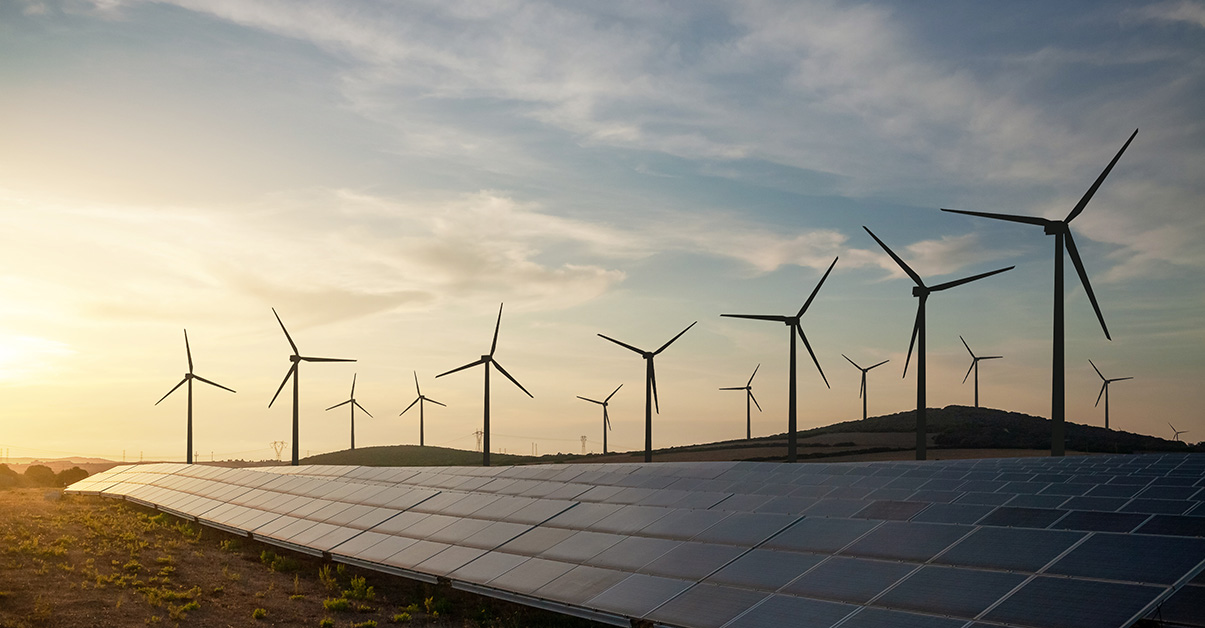

.png?width=3840&height=2560&name=Sun(1).png)

.png?width=3840&height=2560&name=Landscape_2(1).png)
